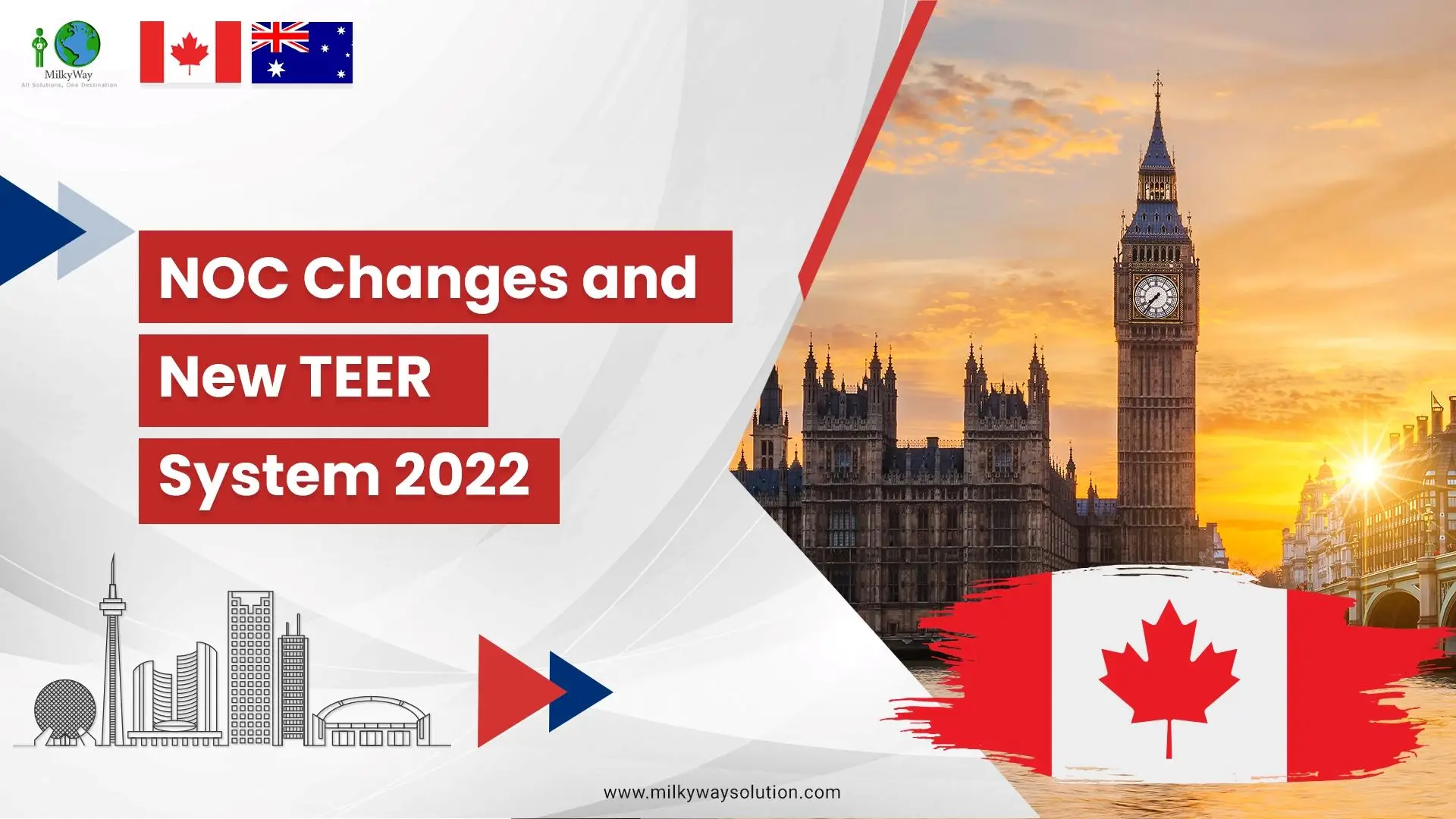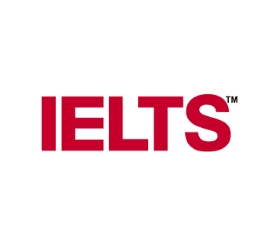Canada is all set to implement a new National Occupation Classification and a new TEER (Training, Education, Experience, and Responsibilities) system. In 2022, they will all be introduced at once. There have been many discussions about the changes to these, but there are advantages and disadvantages. Many people are against these changes, but here we will give you an unbiased view of them.
Switching to the New National Occupation Classification (NOC)
The Government of Canada has announced that to keep Canada’s National Occupation Classification (NOC) up to date and accurate, it will switch to a new NOC system on November 16, 2022. The so-called TEER system will better reflect the Canadian labour market and occupations.
Work experience is one of the most important factors in determining whether or not a candidate is eligible for employment in Canada. In order to be eligible, a candidate needs work experience that falls under NOC systems 0,1,2,3,4 and 5 from the old NOC skill levels 0, A, B, C, and D.
The earlier skill level structure NOC 0, A, B, C, and D was as follows:
Skill Level 0 (zero) – Management Positions
Skill Level A – Professional positions that normally need a university degree
Skill Level B – Technical jobs and skilled trades that necessitate a college diploma or apprenticeship training
Skill Level C– Semi-skilled jobs that require a secondary education or vocational training.
Skill Level D– Semi-skilled and unskilled jobs that require on-the-job training but no other formal education.
By switching to the new NOC, these will be replaced by a six-category numerical classification system as follows:
TEER 0: will likely cover management occupations and be the equivalent of NOC 0 positions.
TEER 1: will cover jobs that require a university diploma, such as NOC A, and will include people with several years of experience in TEER 2 occupations.
TEER 2: would include jobs that demand a two-year post-secondary education or apprenticeship training, and occupations with supervisory or significant safety responsibilities. Individuals with many years of experience in TEER 3 occupations can also advance to TEER 2.
TEER 3: demands for post-secondary education, a two-year or less apprenticeship, or a secondary education combined with more than six months of on-the-job training. Yet again, TEER 4 applicants with many years of experience may be eligible for TEER 3 employment.
TEER 4: applicants must have completed secondary school and are likely to receive a few weeks of on-the-job training, whereas TEER 5 refers to jobs with no formal educational requirement.
TEER 5: No formal schooling is demanded, and only a brief job demonstration is required.
Except for TEER 5 and TEER 0, applicants can advance to a higher category of TEER, based on their work experience even if they lack the required educational qualifications. To this extent, extensive work experience I ins considered equivalent to a formal degree.
Overall, the implementation of the TEER system is a positive step that will benefit both job seekers and employers. The new occupation code will have five digits instead of four, and the total number of occupations has been increased from 500 to 516. Data security and cyber security are among the new occupations, which is good news for tech professionals.
The transition to the TEER system will not only provide a more accurate picture of the Canadian labor market but will also assist job seekers in determining which occupations are in demand and which may soon be out of favor. This information can be used to make well-informed career decisions.
How will the NOC Changes Affect You?
NOC 2021 will have little to no impact on immigrants and foreign workers. This is because, regardless of changes to the NOC, their work experience will continue to meet the requirements for their preferred immigration or foreign worker program. The changes, however, will benefit some candidates while harming others. Candidates with revised employment experience, for example, may now be eligible for additional programs. Others, on the other hand, may find that they are no longer eligible for the same reason.
The Purpose of New TEER System 2022
The TEER system is replacing the skill type model, according to Statistics Canada, for two main reasons. To begin, the TEER system attempts to clarify the amount of education and work experience required for a specific occupation. Second, Canada’s national statistical agency – Statistics Canada believes that the skill type approach leads to incorrect classifications of low- and high-skilled occupations. Implementing TEER should give stakeholders a better idea of the number of skills required for each occupation.
The new TEER NOC system will develop a sense of understanding of the skills required for each occupation. As per the occupations, the new system will bring clarity to the applicants’ education level and their work experience.
Significant Changes in NOC
The new TEER method was created after considerable research, analysis, and review by Statistics Canada and Employment & Social Development Canada (ESDC).
The plan recommends structural changes every ten years and content modifications every five years, according to Statistics Canada and Employment & Social Development Canada (ESDC).
The NOC version 1.0, which will recognize Training, Education, Experience, and Responsibilities, will be issued in November 2022. (TEER).
Summing Up.
For a variety of reasons, the new TEER system for 2022 is a welcome change. The new TEER system will help to maintain fairness and balance while the NOC modifications will enhance everyone’s quality of life. The public’s reaction to these changes in the coming months and years will be watched closely by the entire world. We, at MilkyWay, will help you with the most recent information on the developments in the Canadian labor market and can make your migration easy. Get connected with us today.



















